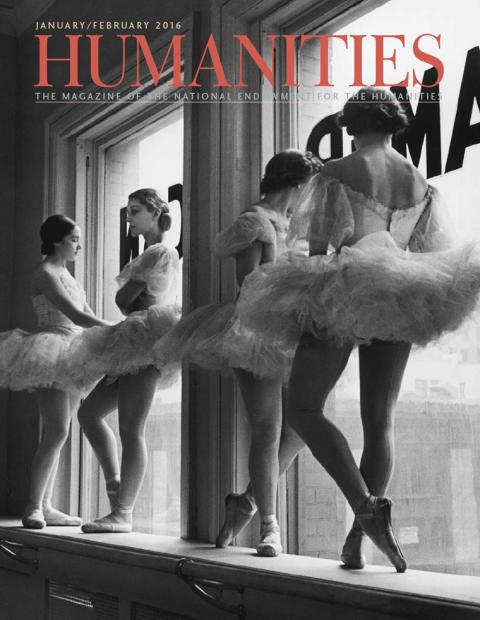Washington, D.C.’s historic Dumbarton House, built in 1799—not to be confused with its neighbor, Dumbarton Oaks—was one of the first grand residences in Georgetown, but it wasn’t always sitting so prim and proper, its five segments in perfect alignment with present-day Q Street. There was a time when Dumbarton House (formerly known as Bellevue), first owned by Joseph Nourse, a senior official at the Treasury, straddled the land about two hundred yards to the west of today’s Buffalo Bridge, on the very spot where Q Street now runs. Exactly how the structure was moved is not well documented, but it is known that the residence shifted ground in 1915.
The house currently has many furnishings and decorative arts from the early 1800s on view, with support from NEH. As in its heyday in the early nineteenth century, the main entranceway is furnished with Windsor chairs painted a striking vermilion green. The parlor, formal dining room, and library on the first floor are adorned with ceramics, crystal, furniture, and paintings either acquired by the early residents or given to them. In the dining room, there’s a mantel with the frigate Constitution carved into a panel that came from one of John Marshall’s residences in Washington. Some pieces are from Mount Vernon, given by Martha Washington to her granddaughter who lived there, Elizabeth Custis Law. (No, George Washington never slept here, but Dolley Madison took brief refuge after fleeing the White House in 1814.) Other notable items in the collection: a 1777 first printing of the Articles of Confederation and a painting by Charles Willson Peale from 1789 showing a view of Old Georgetown.
Of particular note on the exterior of the structure is the semicircular fanlight window crowning the main entrance and accenting the front door and thereby impressing arriving guests. The floor in the foyer is typical of the times, consisting of square- and diamond-shaped trompe l’oeil tiles of treated fabric that were lacquered many times and painted. Decorative yet practical, these tiles have preserved the original planks underneath from the moisture carried inside by countless guests arriving in inclement weather. Those planks are the originals.
While the grandeur of the south façade exemplifies standard Federal style, the north side represents an emerging and experimental trend, with its graceful semi-circular bowed walls. On this side of the house is a walled-in greensward, where Dumbarton House now screens Jane Austen films gratis during the summer months.

